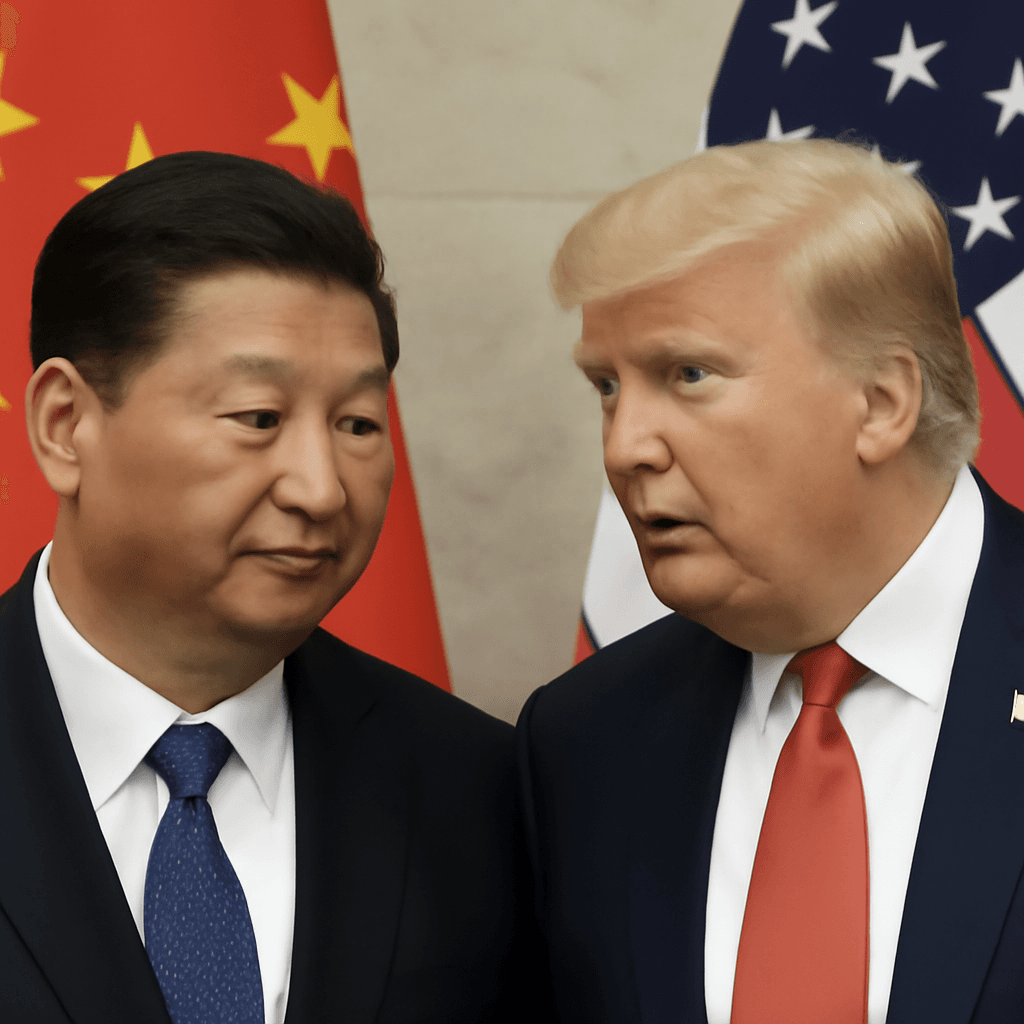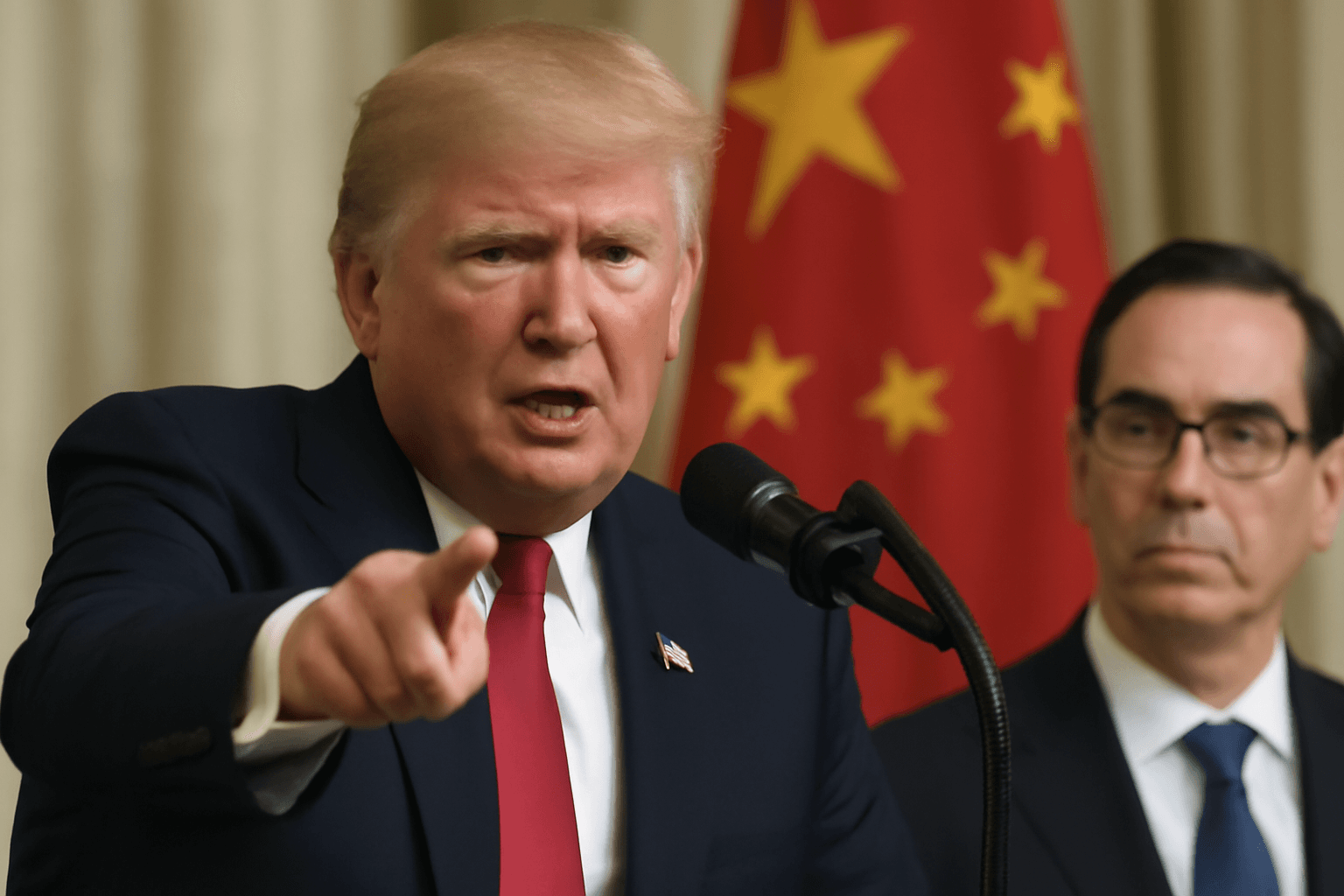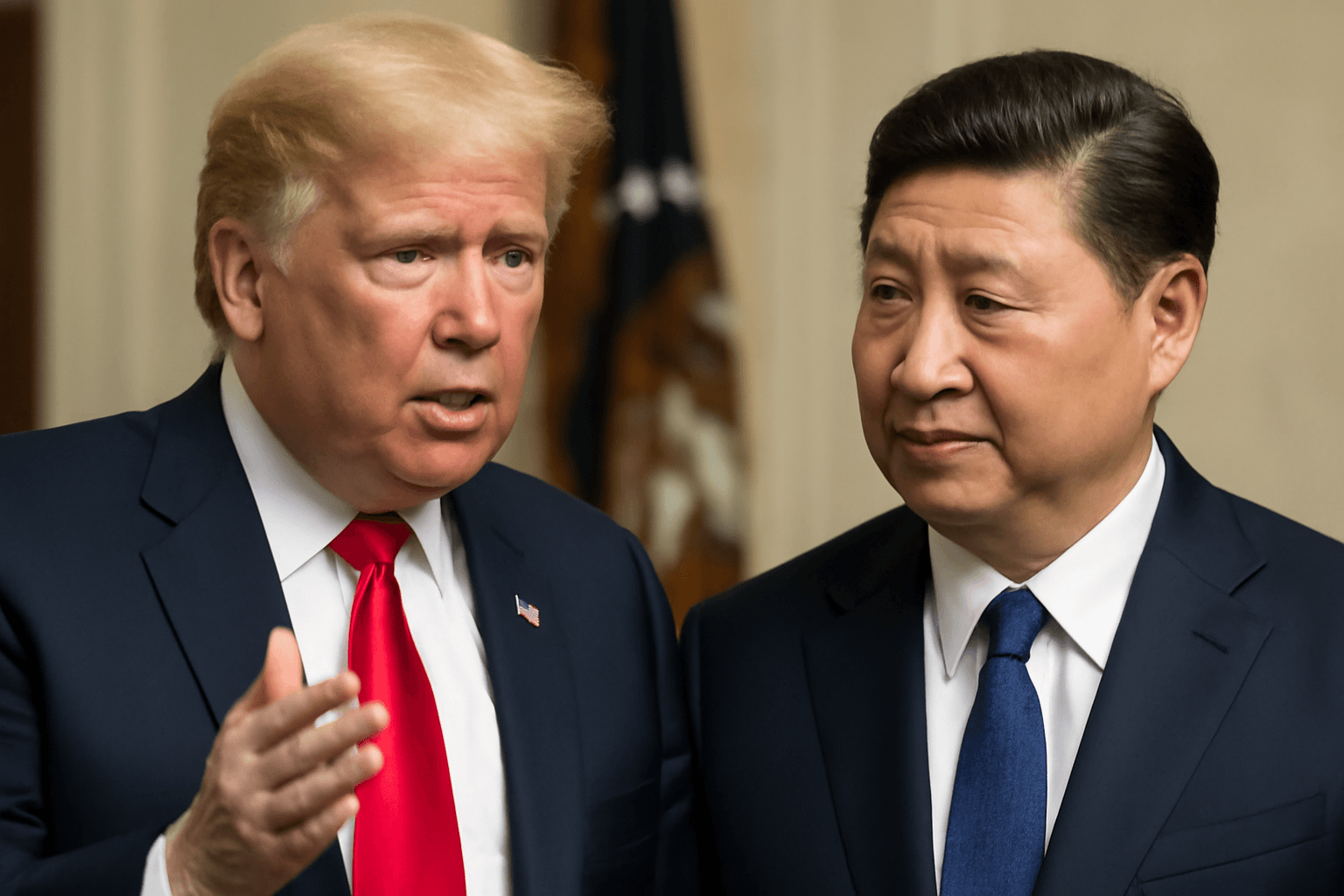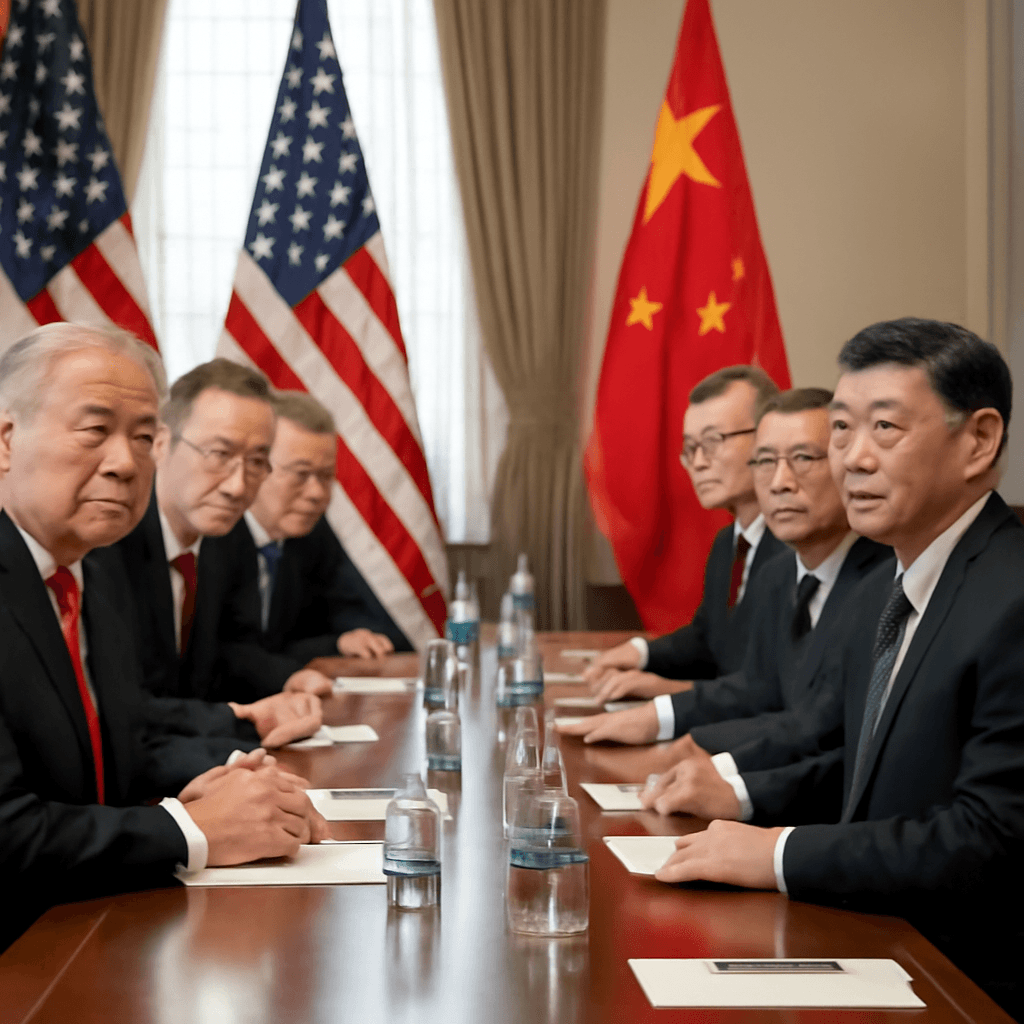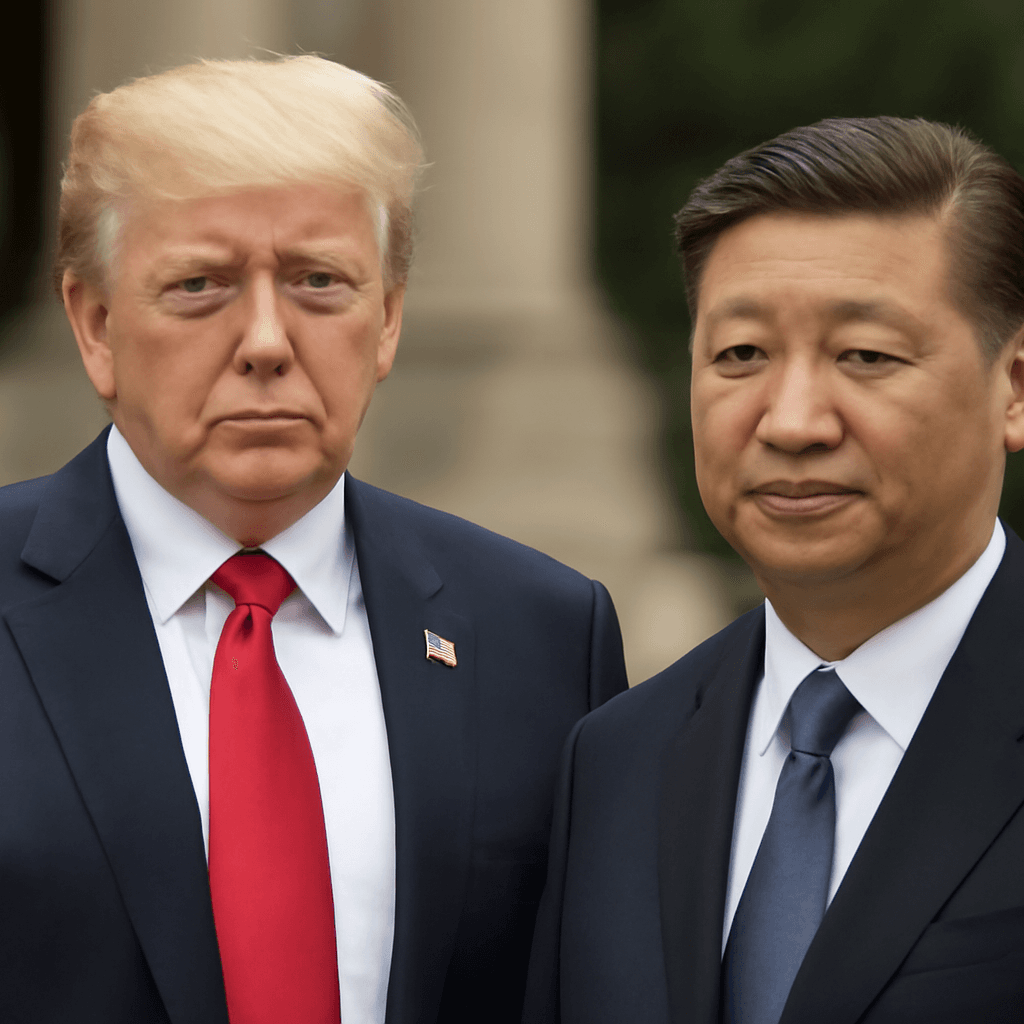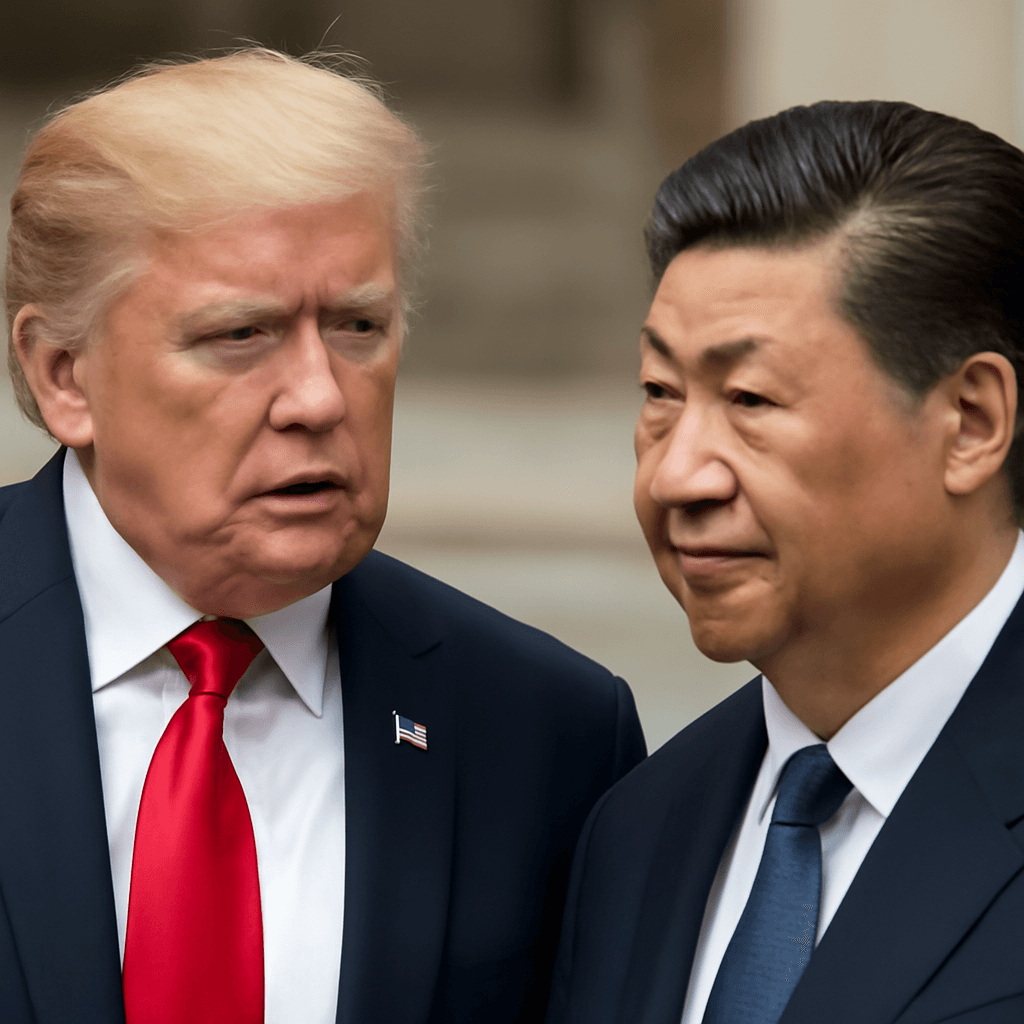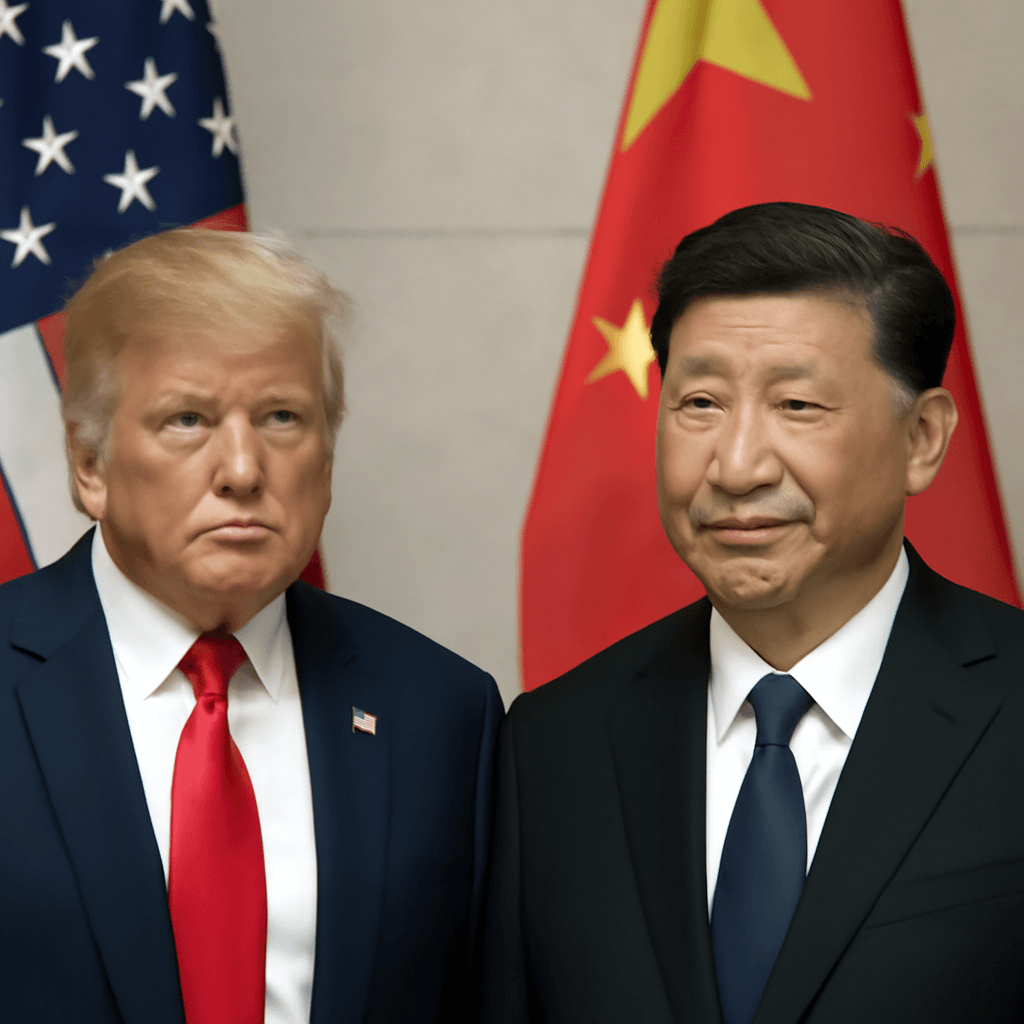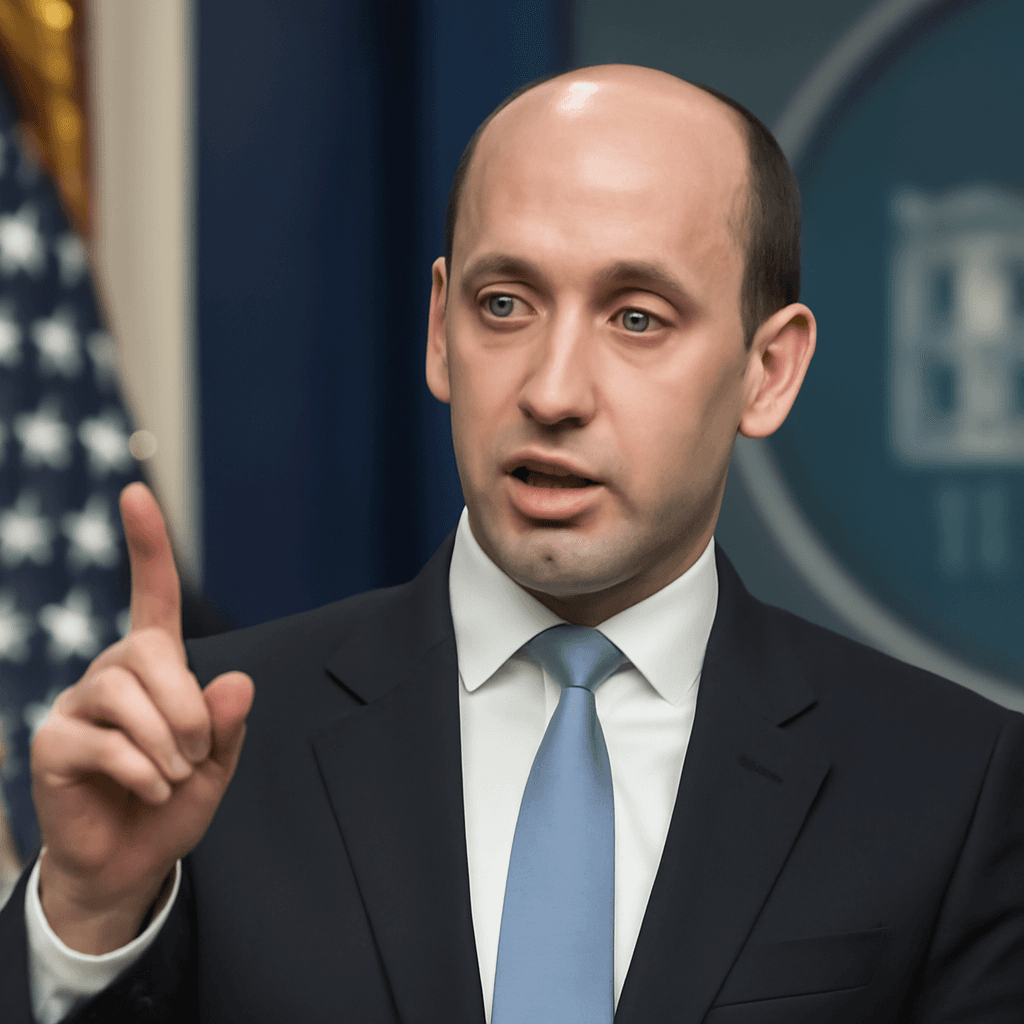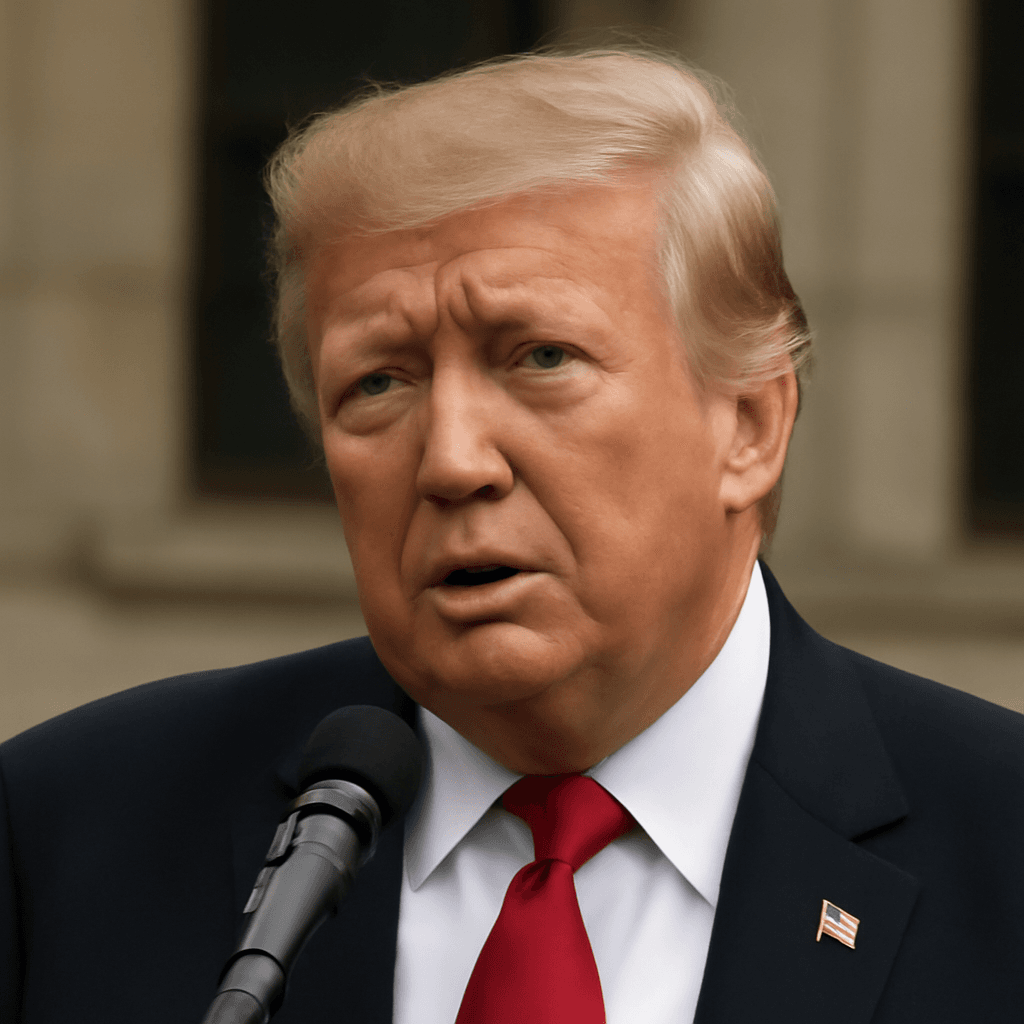Trump and Xi Engage in Extended Phone Talks on Trade
Chinese President Xi Jinping and U.S. President Donald Trump held a lengthy telephone conversation to address the ongoing trade tensions marked by reciprocal tariffs. Both leaders agreed to continue negotiations between their trade representatives in a bid to reach a lasting agreement.
Key Discussion Points and Diplomatic Exchange
The dialogue, initiated at President Trump's request, covered multiple aspects of the bilateral trade conflict, including tariff reductions and trade barriers. Xi emphasized China's commitment to the Geneva agreement aimed at lowering tariffs, while urging the U.S. to acknowledge progress and remove counterproductive measures.
During the call, President Xi also advised careful management of the sensitive Taiwan issue, warning against actions that could escalate tensions. He underscored the need for dialogue and cooperation to resolve differences and cultivate mutual respect.
Presidential Statements and Invitations
Following the discussion, President Trump shared via his social media platform that the conversation lasted approximately 90 minutes and concluded positively for both nations. He highlighted that complexities surrounding rare earth minerals—critical to industries such as automotive, electronics, and defense—were addressed and clarified.
President Trump confirmed upcoming meetings between trade teams, noting representation from key officials including the U.S. Secretary of the Treasury, Secretary of Commerce, and U.S. Trade Representative.
Additionally, an invitation was extended by President Xi to the First Lady and President Trump for a visit to China, which Trump reciprocated, signaling a hopeful avenue for improved bilateral relations. The conversation focused strictly on trade matters without touching on issues regarding Russia, Ukraine, or Iran.
Details on Tariff Reductions and Trade Measures
- Tariff Levels: Previously, the U.S. imposed tariffs up to 145% on $439.9 billion in Chinese exports, while China retaliated with tariffs up to 125% on $143 billion in American goods.
- Geneva Agreement: Under this accord, both nations agreed to reduce tariffs temporarily—U.S. tariffs lowered to 30%, and Chinese tariffs reduced to 10%—creating a 90-day truce to facilitate further discussions.
- Rare Earth Export Restrictions: China has implemented controls on rare earth minerals essential for defense and high-tech manufacturing, which remain a significant sticking point in negotiations.
Chinese Perspective on Cooperation and Mutual Respect
China's official statement emphasized the importance of economic and trade consultations based on equality and mutual respect. Xi called on the U.S. to adopt a pragmatic view of the progress and to halt negative policies against China. The statement reiterated that ongoing communication in foreign affairs, economy, trade, military, and law enforcement sectors is vital to clearing misunderstandings and enhancing cooperation.
Handling the Taiwan Issue
Xi cautioned the U.S. to act prudently concerning Taiwan to prevent separatist forces from escalating conflict between the two countries. This topic remains a highly sensitive diplomatic matter, with China asserting sovereignty over Taiwan.
Educational Exchanges and Future Outlook
The U.S. President affirmed China's students are welcome to study in America, a significant point amid recent U.S. visa revocation plans affecting certain Chinese nationals. Approximately 270,000 Chinese students study in the U.S., representing the second-largest international student group after India.
President Trump expressed respect for Xi and underscored the importance of U.S.-China relations, affirming commitment to the one-China policy and mutual economic success.
Next Steps in Trade Negotiations
The two leaders agreed that their respective teams would continue implementing the Geneva agreement and convene another round of meetings promptly. The renewed dialogue aims to resolve persistent disputes and foster a constructive trade relationship between the world's two largest economies.

